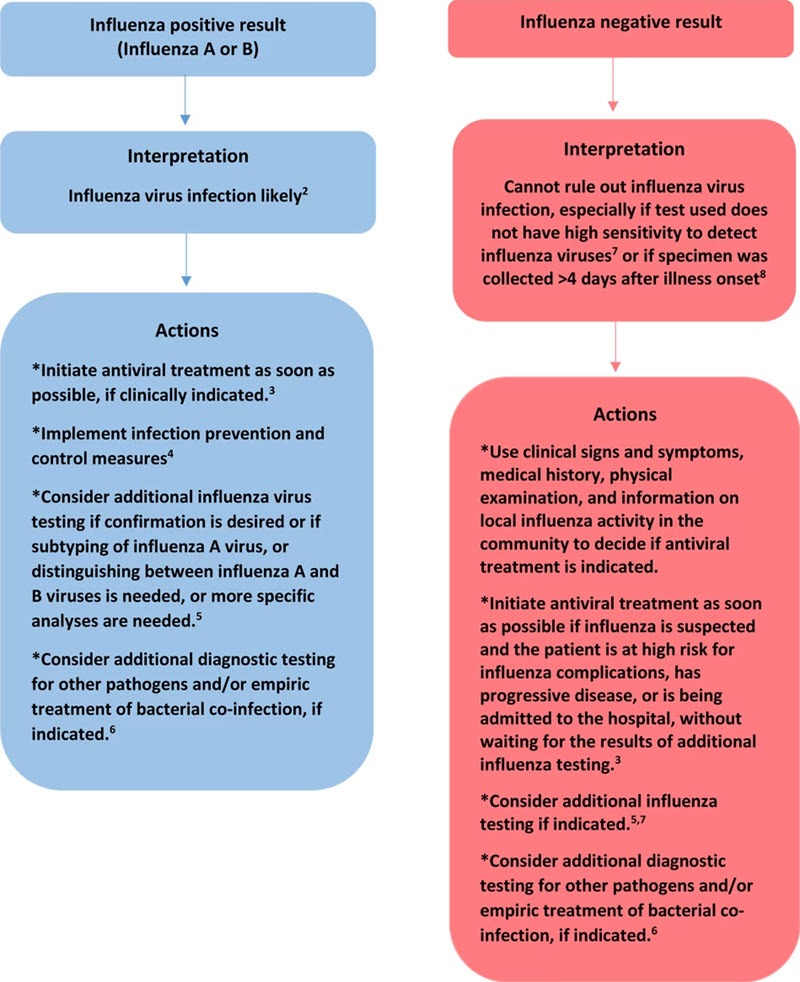Your cart is currently empty!

Operational Definitions of COVID-19
Those of us in the process excellence and quality professions know the importance of operational definitions. Without a good operational definition, a metric is meaningless. An operational definition is a definition that includes a detailed specification of measurement. In process excellence work you will frequently discover that the opportunity your project is addressing can’t be reliably measured because it has not been operationally defined. Here’s an example of an actual operational definition used by a carpet manufacturer. Note that the definition describes the qualifications of the person making the evaluation, the standard of comparison, and the conditions under which the judgment is made.
Dark Blue Carpet. A carpet will be deemed to be dark blue if, judged by an inspector medically certified as having passed the U.S. Air Force test for color blindness; it matches the PANTONE color card 7462 C when both carpet and card are illuminated by GE “cool white” fluorescent tubes; card and carpet are viewed with the naked eye at a distance between 16-inches and 24-inches.
Early in my career I was an inspector in a can manufacturing plant and our largest customer returned a shipment of cans as “off color”. My supervisor and I inspected the cans and agreed that the customer was wrong (never a conclusion to be taken lightly!) We sent them the shipment again, and they returned it again with the note that there would be hell to pay if we didn’t stop sending them off-color cans! An investigation revealed that both I and my supervisor were color-blind. Not a good thing for lithography inspectors!
Here’s part of how the CDC defines “the flu”. The footnotes describe a number of fine points, such as false positives and negatives, and a “gold standard” test for sorting out the borderline cases.

What is a COVID-19 Case?
The European CDC defines “suspected case”, “probable case” and “confirmed case” separately. These definitions are hierarchical. Suspected cases require diagnostic testing, probable cases are suspected cases with inconclusive test results, and confirmed cases are persons with laboratory confirmation of virus causing COVID-19 infection, irrespective of clinical signs and symptoms. The question is: when we see data on “cases”, which are they, suspected, probable or confirmed? In the US it turns out that this is a judgment made by individual states. In Alabama, officials have ruled that one of every 10 people who died with COVID-19 did not die of COVID-19. Among those excluded from the numbers reported to the federal government were a bedbound patient with aspiration pneumonia in one lung and a person with a buildup of fluid and partial collapse of one lung.
Colorado, by contrast, has included some deaths where the disease caused by the novel coronavirus was deemed probable — based on symptoms and possible exposure — but not confirmed through a test.
In other words, the three kinds of COVID-19 cases are sometimes counted as COVID-19, and sometimes not. This disparity has huge implications, such as when New York City authorities on April 13 began reporting the deaths of people who were suspected of having COVID-19 but never tested. The city’s tally soared past 10,000 as the change added more than 3,700 fatalities.
What is a COVID-19 Death?
I’ve seen articles that say that often COVID-19 is listed as a cause of death regardless of whether or not it caused the death. Dr. Malcolm Kendrick reports
“…it was known that amongst the elderly who were dying, almost all of them had other serious medical conditions. Heart disease, high blood pressure, diabetes, chronic pulmonary disease and suchlike. This is often known in my line of work as “multimorbidity.””
But deaths of those with multimorbities are reported as COVID-19 deaths if the patient was COVID positive, regardless of if it was due to, for example, a heart attack or an automobile accident.
Conclusion
In public health, as in process excellence, operational definitions are necessary. Without them we simply don’t know what we’re talking about. Let’s start discussing what should and should not be included in the operational definition of COVID-19. Here are my operational definitions as a starting point.
- Operational Definition of COVID-19 Case: A person will be deemed as a COVID-19 case if a RT-PCR Diagnostic Panel using only primers and probes labeled for EUA use and distributed by the International Reagent Resource detected the CDC 2019-nCoV virus in a specimen collected according to CDC approved collection procedures.
- Operational Definition of COVID-19 Death: A death will be judged a COVID-19 death if in the opinion of a qualified medical professional COVID-19 was the primary cause or a major contributing cause of the death.
There you have it. Let me know your thoughts on these rough draft operational definitions in the comments.

Leave a Reply